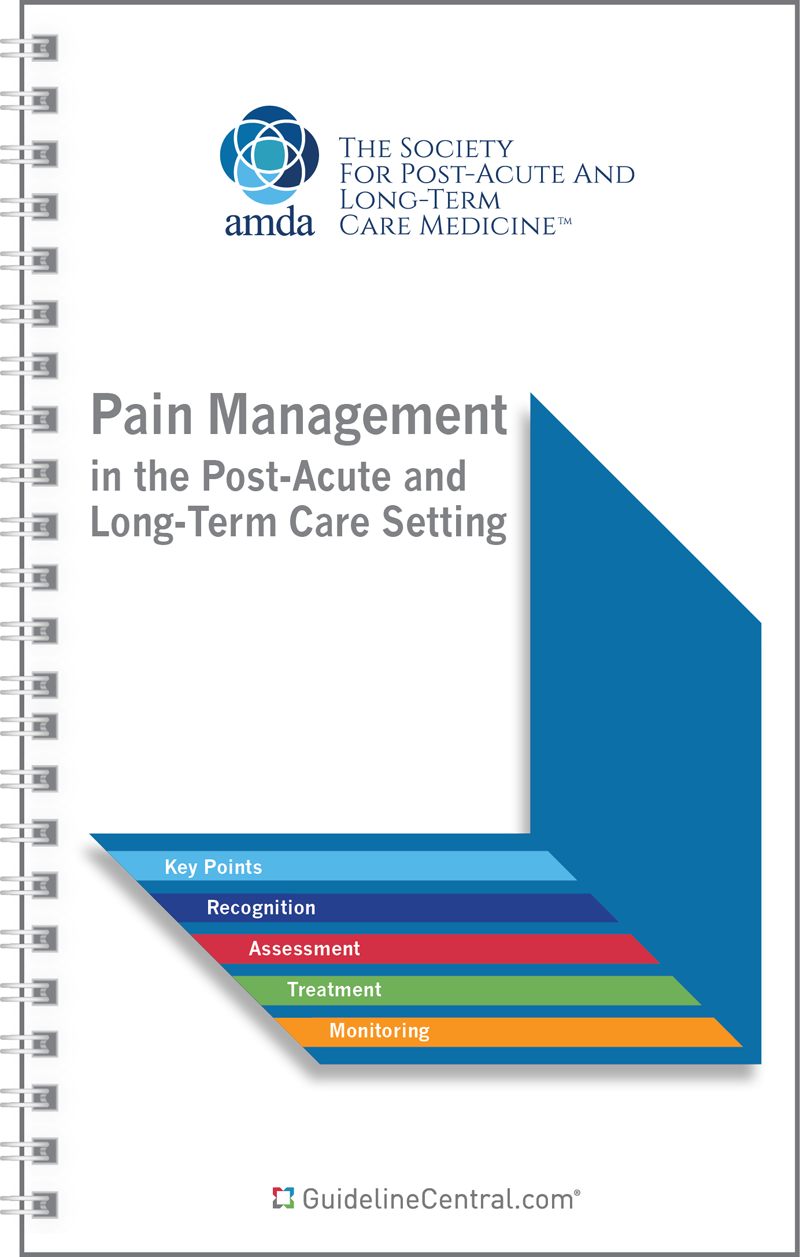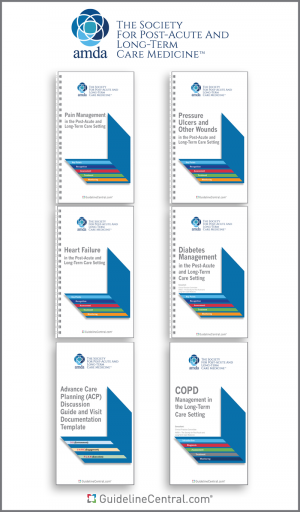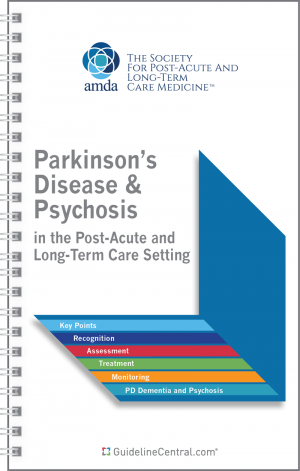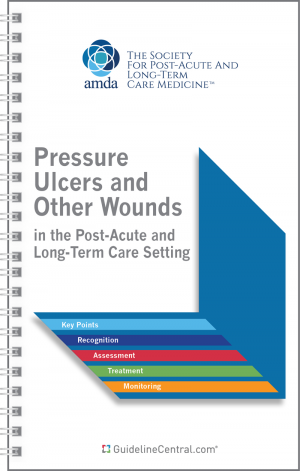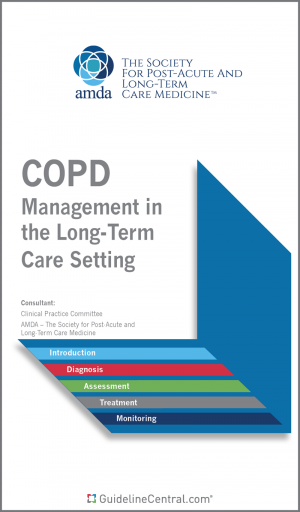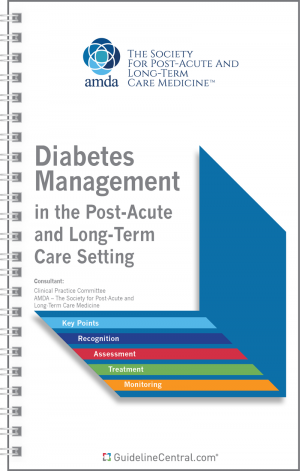Pain Management In The Post-Acute And Long-Term Care Setting
- 28 pages
- Multifold
- 80# Aqueous Coating
- 4.25" x 7.25"
- Ships in 5 – 10 business days
- Key Points
- Tables
- Atypical Opioid Oral Analgesics
- Adjuvant Analgesic Medications
- Topical Analgesics
- Approximate Equianalgesic Dosing and Usual Starting Doses for Selected Pure Opioid Agonists
- Steps
- STEP 1: Is pain present?
- STEP 2: Have the characteristics and likely causes of pain been adequately defined?
- STEP 3: Provide appropriate interim treatment for pain
- STEP 4: Perform a pertinent history and physical examination
- STEP 5: Are the cause(s) of pain identified?
- STEP 6: Perform further diagnostic testing, as indicated
- STEP 7: Have the probable cause(s) of pain been identified?
- STEP 8: Obtain additional evaluation or consultation as necessary
- STEP 9: Have the probable cause(s) of pain been identified?
- STEP 10: Summarize the characteristics and causes of the patient’s pain and assess the impact of pain on function and quality of life
- STEP 11: Adopt a patient-centered interdisciplinary care plan
- STEP 12: Set goals for pain relief
- STEP 13: Implement the care plan
- STEP 14: Reevaluate the patient’s pain
- STEP 15: Adjust treatment as necessary
- STEP 16: Is pain controlled?
- STEP 17: Monitor the facility’s performance in the management of pain
- For purchases under 100 in quantity, we suggest placing the order directly through the website.
- We offer group/institutional licenses for multi-user accounts (discount amount varies depending on the number of users).
- We are proud to offer special discounts to medical schools, training programs, students and more.
- We offer bulk purchase discounts based on number of copies and number of titles.
Contact Us for more details
Description
This resource is for informational purposes only, intended as a quick-reference tool based on the cited source guideline(s), and should not be used as a substitute for the independent professional judgment of healthcare providers. Practice guidelines are unable to account for every individual variation among patients or take the place of clinician judgment, and the ultimate decision concerning the propriety of any course of conduct must be made by healthcare providers after consideration of each individual patient situation. Guideline Central does not endorse any specific guideline(s) or guideline recommendations and has not independently verified the accuracy hereof. Any use of this resource or any other Guideline Central resources is strictly voluntary.
You can also find this product included in this bundle!
